Top 10 Underrated 1980s Euro Cars #blogpost
Think of an 1980s European car. Just one. Done? Okay. You thought of one of the following: BMW M3, Ford Sierra Cosworth, Audi Quattro, Lamborghini Countach.
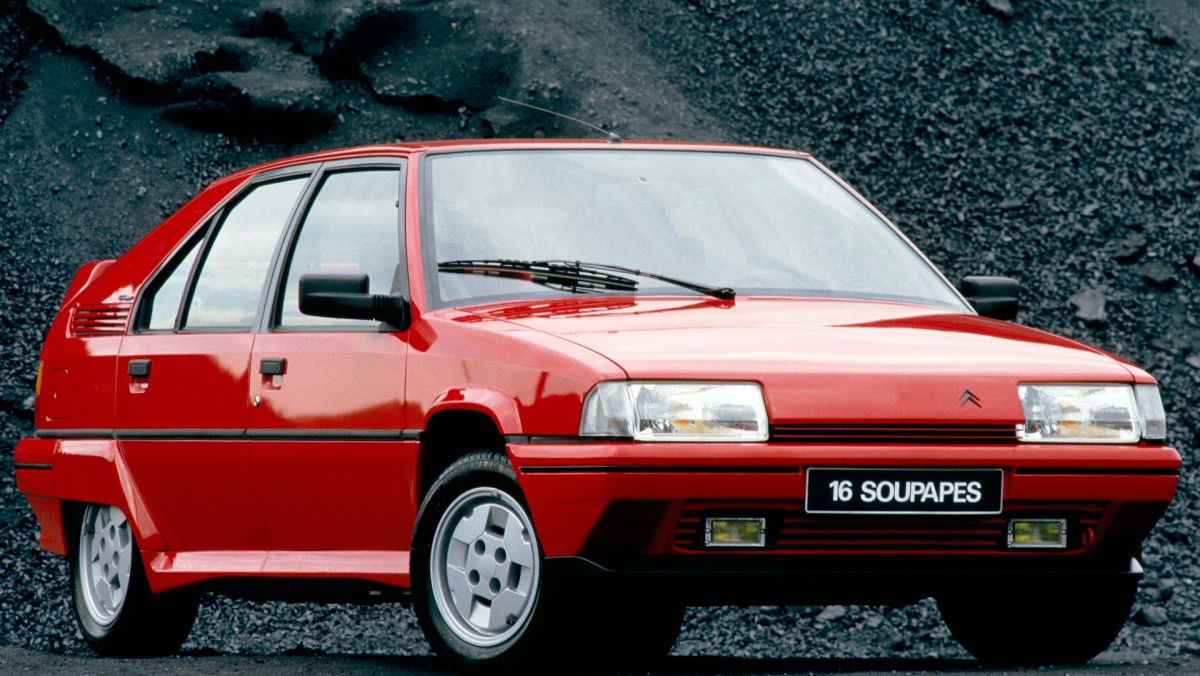
Think of an 1980s European car. Just one. Done? Okay. You thought of one of the following: BMW M3, Ford Sierra Cosworth, Audi Quattro, Lamborghini Countach.
I don’t blame you for it. These are by far the most popular ones amongst the cars that were driving around in the 80s, well, on this side of the iron curtain at least. But there are cars that have the whole 1980s flair too, of which I’m going to list ten examples. Not in any particular order though.
1. Ford Sierra (non-Cosworth)
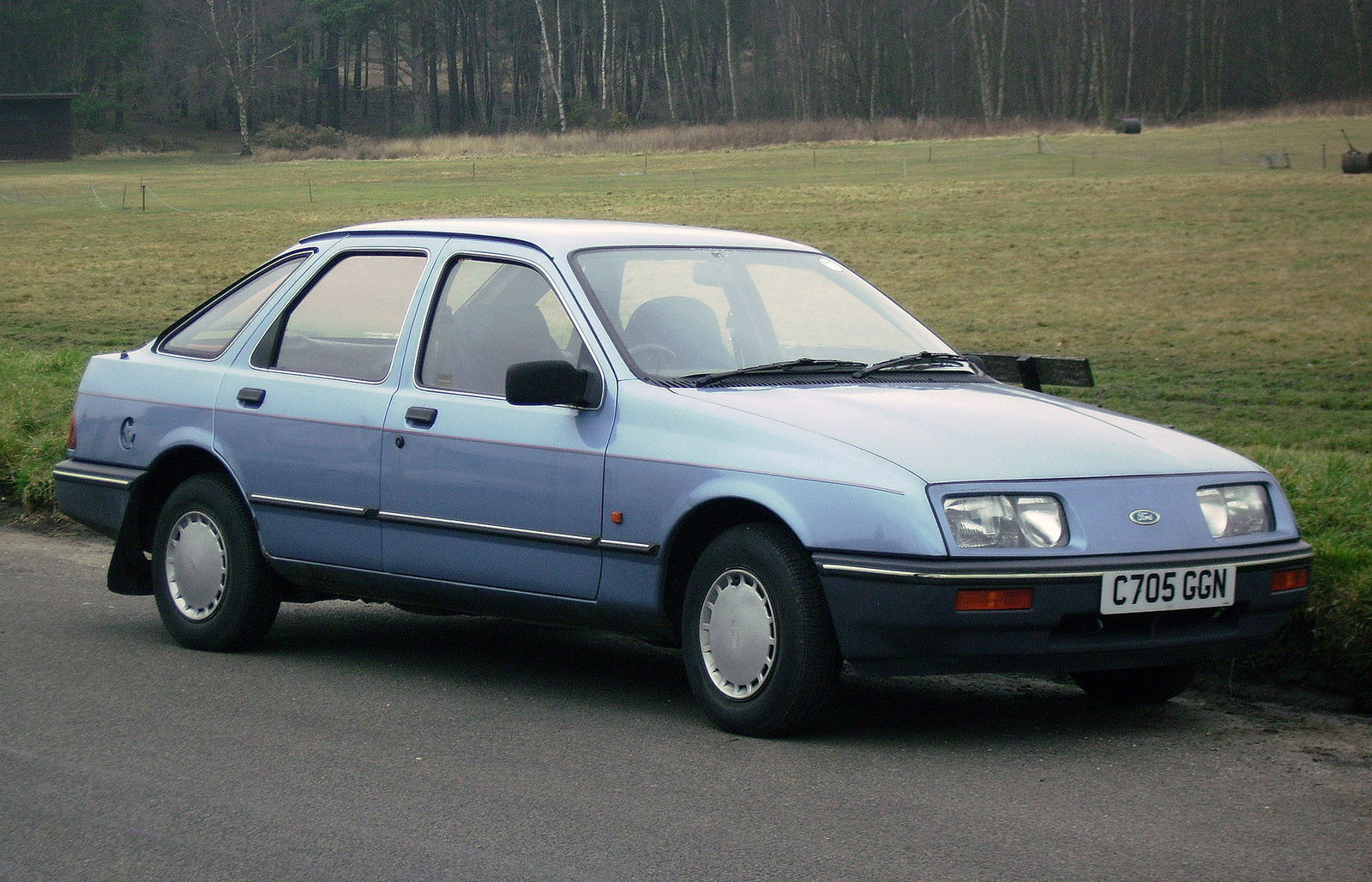
Sure, the Cossie was incredible. A Ford that put supercars to shame and is still as quick as a current-day Fiesta ST, but the normal version exists too. When was the last time you have seen one driving around? Many people expect a BMW 318i E30 to be a sports car, just because the M3 was, yet the same thing doesn’t happen with the Sierra. Why? The Sierra offers rear wheel drive and a fully independent suspension, which puts it in the same league as the BMW E30 or the Mercedes-Benz 190. The road holding of this car was beyond all comparisions to the previous Ford Taunus or Ford Cortina.
Hatchback and aerodynamic front were things that people would never expect from Ford in these days. The late 70s and early 80s Fords were far behind the competition speaking of the tech, the Sierra put it on the same level again, if not beyond that. Surely deserves recognition.
2. Volvo 480
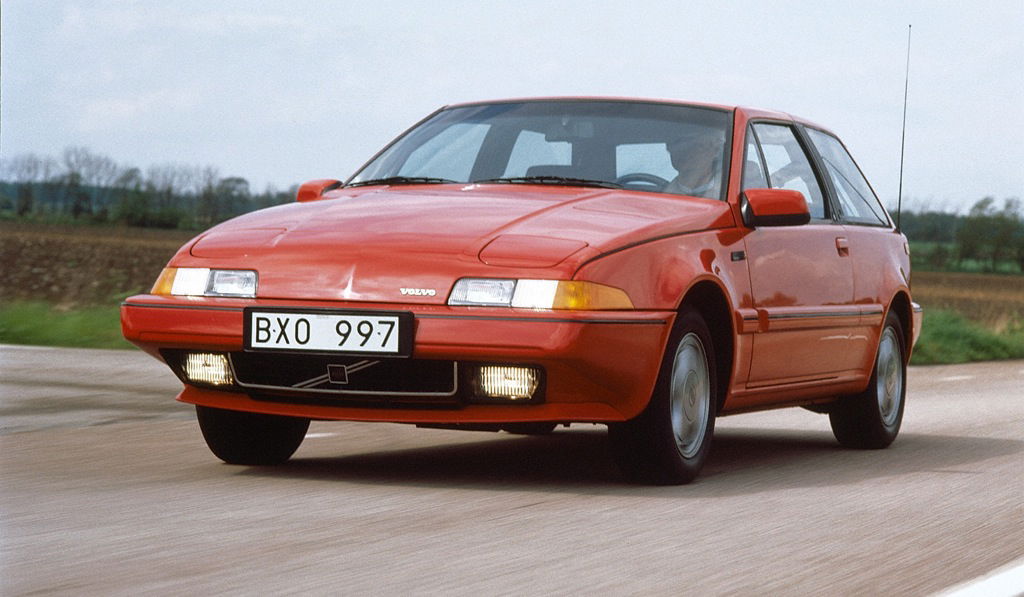
To put this car in a perspective, you have to look at the Volvo 740 from just two years earlier. See the difference? I hope. Pop-up headlights, front wheel drive and a turbo engine in a hatchback? Perfectly fine if you are Honda. But Volvo? The car was pure science fiction for the average Volvo buyer of these days. The rear axle was developed by Lotus, the engine was a joint venture between Volvo and Renault and the turbo components came from Porsche. LOTUS! RENAULT! PORSCHE! IN MY SWEDISH STEEL! NEVER!
Safe to say, the 480 wasn’t a huge success. Volvo sold just 75000 units worldwide in 9 years, while the Renault 19 (speaking of the joint venture) sold over 100000 times per year in Germany alone.
3. Ford Escort XR3i
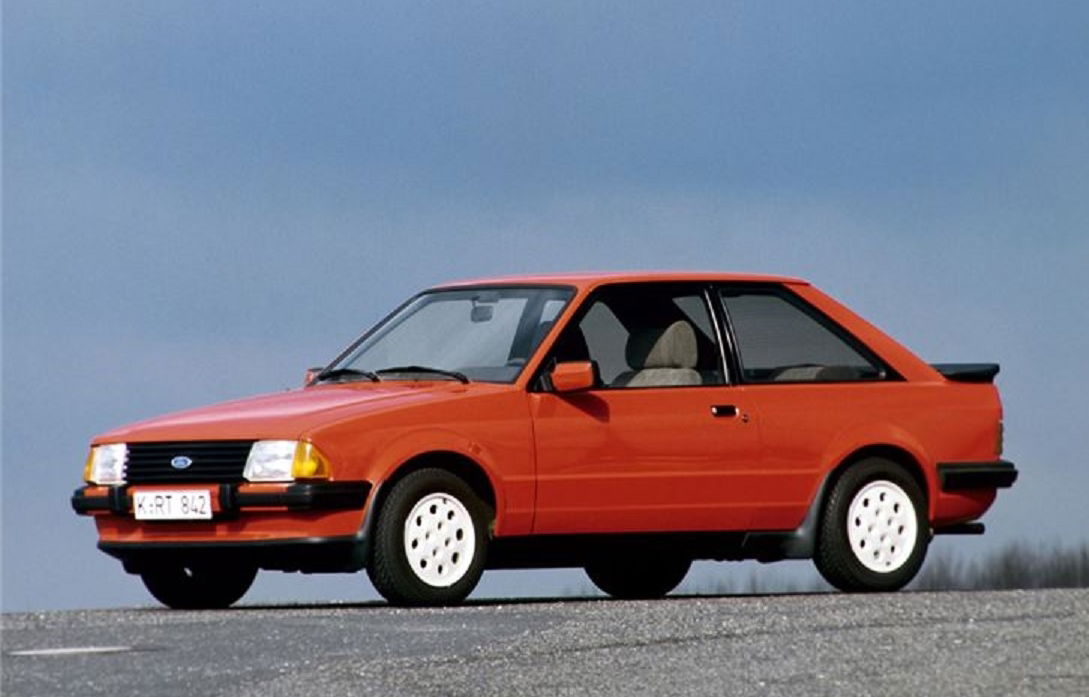
The second Ford in the list is the Escort XR3i. The shape looks somewhat stuck in the late 70s, with the bumpers and the roof line, but that doesn’t make the car any worse. The 1.6 litre four cylinder engine was equipped with a Bosch K-Jetronic fuel injection and produced 105 horsepower. A respectable amount for a car that could weigh as little as 770 kg from the factory. It’s as quick as the Golf GTI from three years later and still manages to put a smile on the driver’s face, even though it’s not really fast by any means in today’s standards. The problem with this car was the rise of the hatchbacks. The Escort, even in the late 90s, always remained a notchback for the rest of its life. Not a good thing if young people are your main target.
I don’t know what it is, but there’s something about this car I really like.
4. Opel Monza GSE
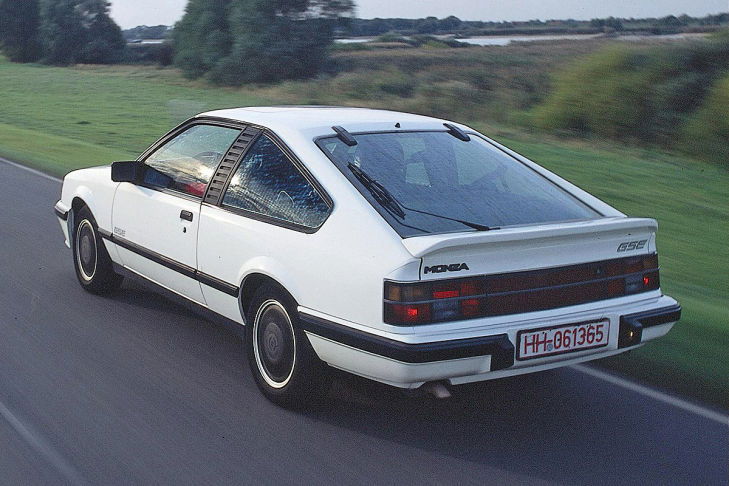
Marketed as Vauxhall Royale Coupé (what a terrible name) in the UK, the design of the Monza reaches back to 1978, but the top version named GSE didn’t appear until 1983. The only engine option Opel thought was appropriate for that trim was a 3.0 litre straight-six with, like the previous car in the list, fuel injection. The engine, named 3.0E, produced 180 bhp up from the 150 bhp 3.0S. All the chrome parts thankfully were replaced and the interior received a sporty trim from the factory. With just about 45000 units produced, the Monza never was a real success, but it still remains a memorable car. Much better than the prole’s Manta.
5. Peugeot 205 Rallye
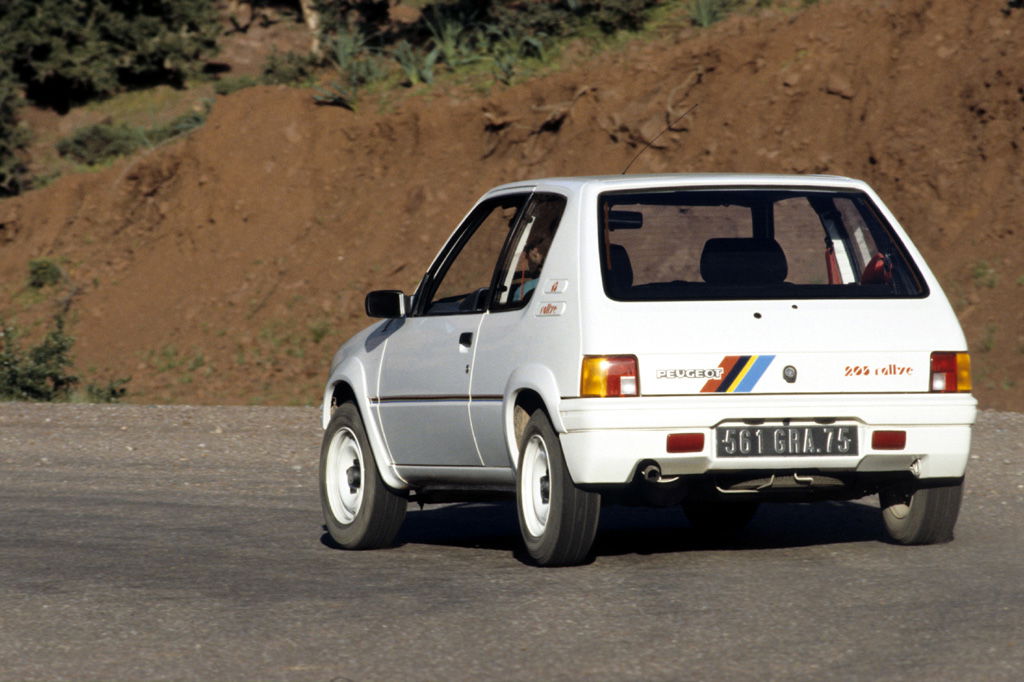
Take the already relatively fast Peugeot 205 GTI, remove all the comfort bits and you have a Peugeot 205 Rallye. That’s it. Intended specially for amateur’s motorsports, the 205 Rallye was projected as a cheaper and lighter option to the 205 GTI. Only in white with white steel whiles. There weren’t really any options, you either bought the car or you didn’t. Most people did the latter, but it’s a great vehicle nonetheless. It’s more 205 GTI than the 205 GTI itself, to put it that way.
6. Renault Fuego
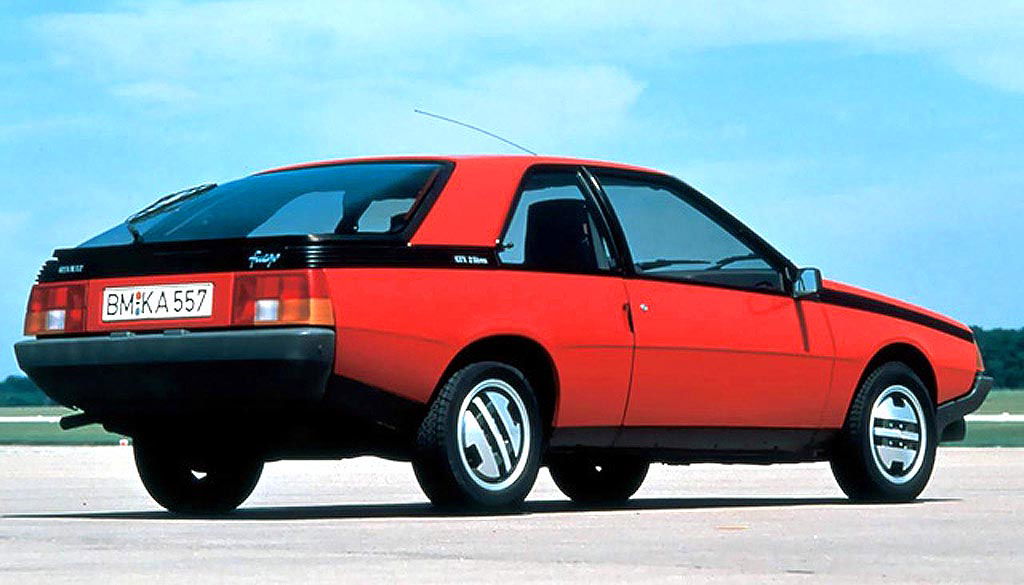
First of all, look at the wheels. Then look at the huge windows, then at the accordion on the flanks. Yep, that’s the 80s. The car looks more 80s than the 80s itself, and for that achievement, it received various trophies. It was one of the first sports cars you could buy with a turbo Diesel engine. Whether that’s something to be proud of or not is your decision. The car was relatively successful compared to other coupés of the time. Over 260000 units made over its 6-year-lifespan is a respectable success for a car of this market segment.
7. Talbot-Matra Murena
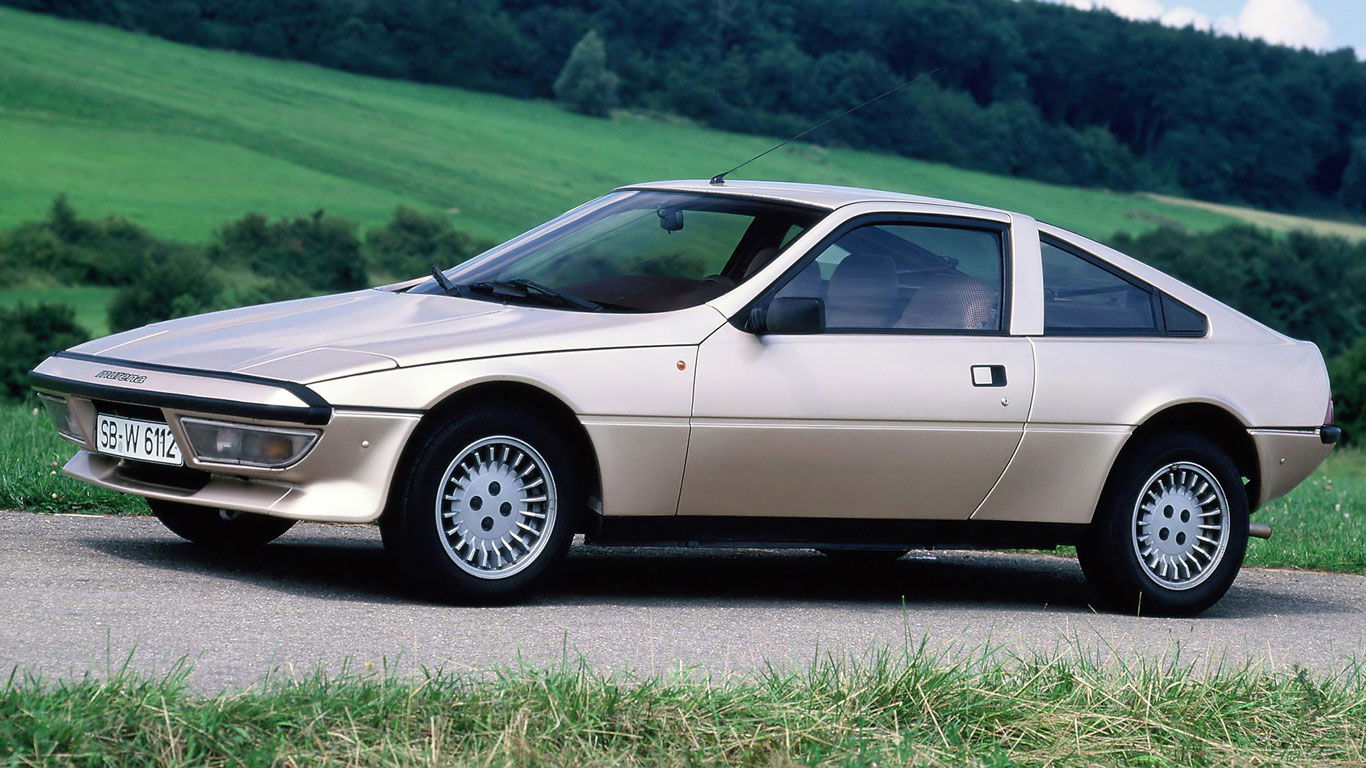
I must admit that I didn’t know anything about this car prior to making this list either. It’s a French sports car made of a steel spaceframe with fiberglass body panels. All three seats were placed in one row and the middle seat could fold down to be an arm rest for the passengers. Yeah, it’s pretty much a McLaren F1. The engine was a 2.2 litre four-cylinder engine with 116 bhp for the single carburettor version and 140 bhp for the dual carburettor version respectively.
After Matra made a deal with Renault, the production was stopped immediately for two reasons. Renault saw the Murena as a dangerous rival to the Alpine A310, and the production lines were needed for the production of the new Renault Espace.
8. Renault Espace
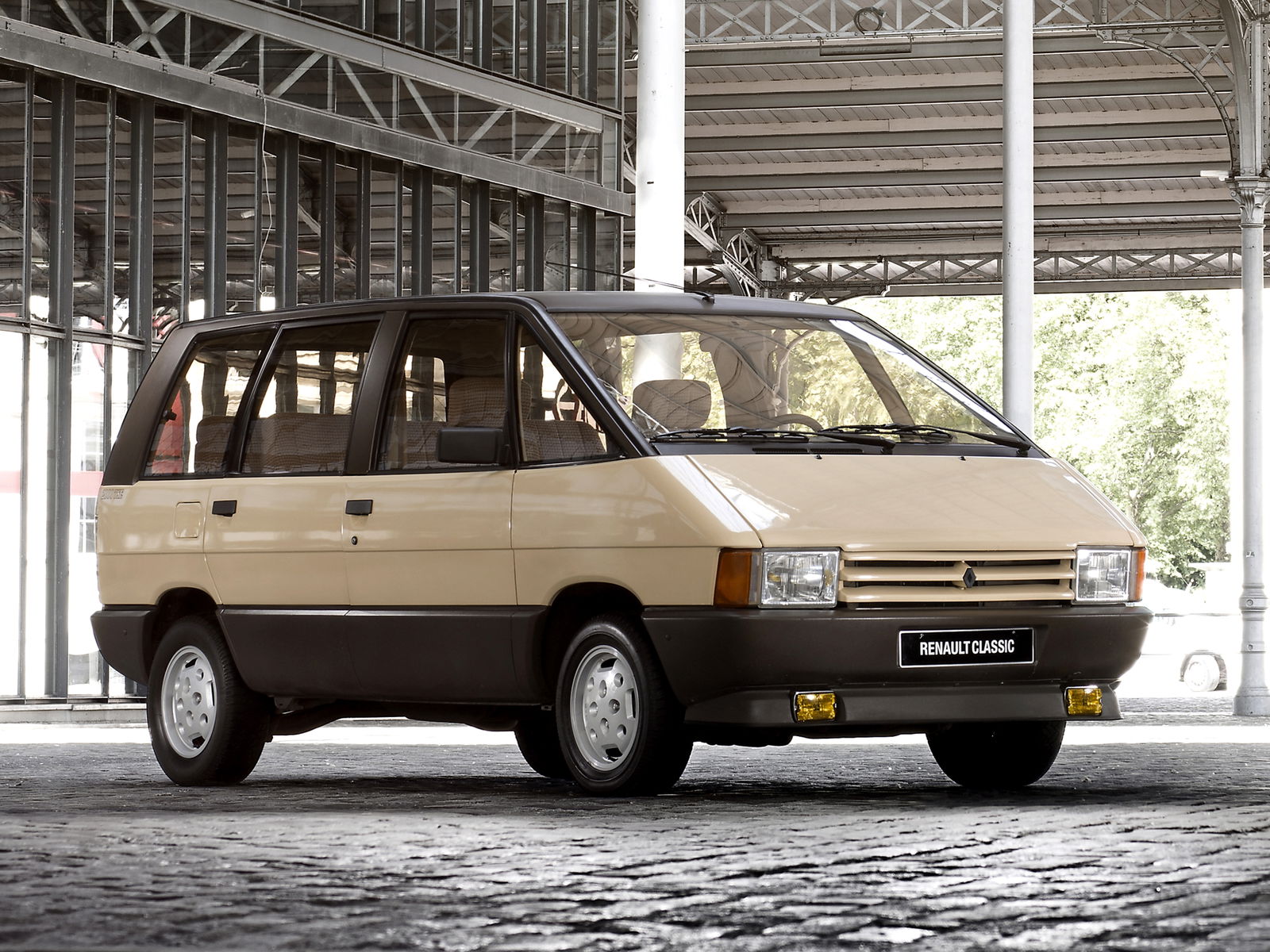
… which brings me to the next car in the list. To understand why a freaking football mum minivan made it in the list, you’ll have to take a look at the previous minivans. Before, there were small transporters with windows and some seats in it, and there were station wagons, but nothing inbetween. With the Espace, the segment of minivans was first actually established. Modular interior with removable seats. Leave them in and you can carry seven people at the comfort you’d expect from a normal car. Remove the five seats in the rear and you have 3 m³ of space for all the stuff you’d want to carry.
Similarities of the Renault Espace to Talbot cars of the same era aren’t random. The Espace was originally developed as a successor for the Talbot Rancho (which didn’t make it in the list because it’s rubbish). Its construction -steel frame and plastic body- is very similar to the Talbot-Matra Murena too. After Talbot went bankrupt, Renault took the concept almost unchanged and put it in production. The concept was often questioned, but in the end turned out to be a huge success.
9. Citroen BX
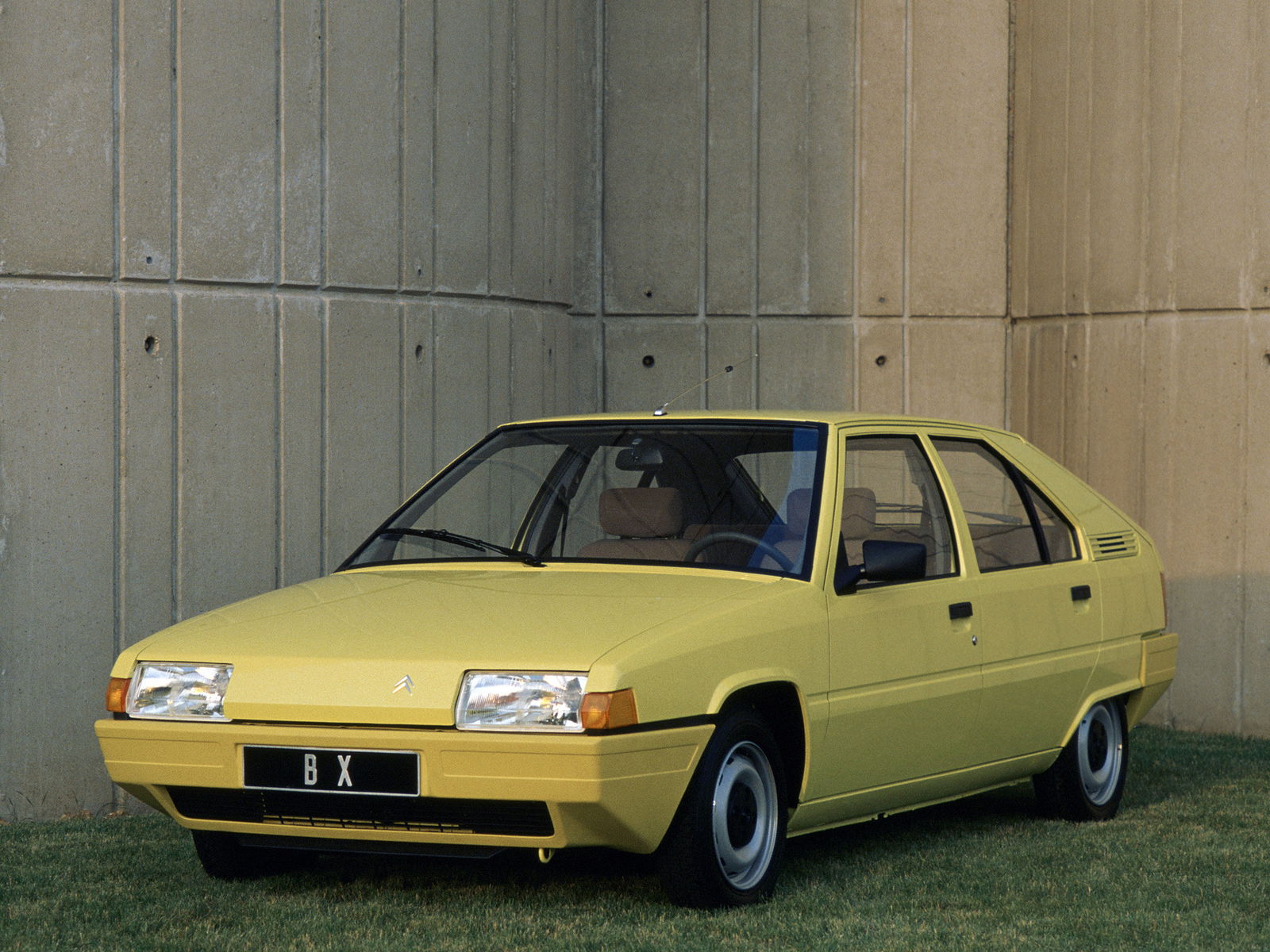
The Citroen BX was supposed to succeed the Citroen GS, not an easy task. The car needed to be platform-based and share some parts with Peugeot, yet also needed the hydropneumatic dampers. Oh, and it also needed the full 1980s factor and the fancy tech and the green digital displays everywhere. It matched all of that, but it’s for the latter two reasons it made it to the list. Hydropneumatic suspension - check. CAD designed parts in 1982 - check. Electric everything - check. The car was the most popular import car in the UK in the late 1980s, yet only less than 500 are still driving around on the UK roads. Well, the build quality was very capricious. Some vehicles are excellent, some vehicles left the production lines with questionable quality.
10. Audi V8
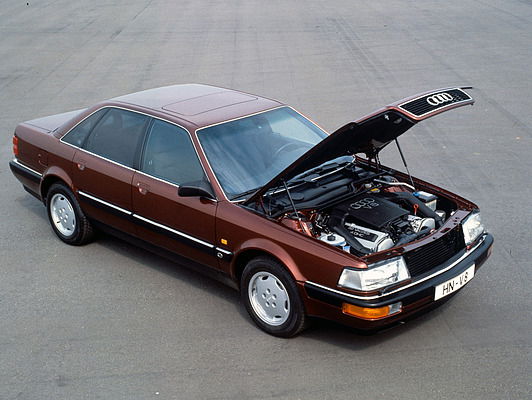
Photo with open bonnet for a reason. The Audi V8 essentially is an Audi 200 with… well… a V8 in it. They wanted to call it Audi 300, but there is no denying that “Audi V8” is much cooler name. 3.6 litre aluminium DOHC V8, later 4.2 litres to be more precisely. The car is based off the Audi 200 and looks alot like it, but in reality over 90% of the body panels needed to be replaced. It was full of tech, just like you’d expect from a luxury car. Automatic transmission, quattro AWD with central differential, limited slip differential in the rear, all controlled electronically and working together without the driver having to do anything. It was the first full-size luxury car with permanent all wheel drive. There were a few catches about it, though: a replacement engine was 20000 DM (the price of a new VW Golf, or 18000€ adjusted to inflation), a transmission 15000 DM and even the brakes were 1500 DM. Replacement parts for this car were incredibly expensive when it was still in production, and that hasn’t changed to this day.
The car is very cheap today actually. Bring 3000€ with you and you can walk away with a working Audi V8 if you’re lucky. But if something brakes, you will be poor. Like, seriously poor.
Call me heretic, but I would much rather have this car than an Audi Quattro. The comfort, the tech, the V8 sound, everything about this car wanted to say that Audi meant it seriously with the top-of-the-range car.
Well, that’s pretty much it, thanks for reading.
As you may have noticed, I have placed quite alot of French cars in the list. There’s not really a particular reason for it other than that these cars are relatively unknown where I live. Not sure how that looks in France, but here in Germany, these cars are as rare as a unicorn. In driving condition at least. So I truly believe they belong here. The list is not about the ten greatest 1980s cars, but about the ten most underrated 1980s cars. Before you say that one of the cars doesn’t belong there, just ask yourself: when have you seen one of them driving around last?
Any suggestions? Leave them in the comments.
Comments
Erm, the BX shares parts with Peugeots not Renaults… Just got to be precise. Why would Peugeot use rival Renault’s parts for there own newly aquired brand? ;)
Really great article! Congrats!
Here in france, in the middle of nowhere i see a sierra everyday, a bx at least once a week, an espace 1 not 10min ago, havent seen a fuego since on year and seen a murena at a classic meeting 3 weeks ago =)
No saab? 😢
my a level math teacher has a 205 rallye so alot of the time in class we end up takin about cars
AHEM Renault Alpine GTA Turbo anyone?
Renault R21 Turbo deserves to be here too … along witht he 25 V6 Turbo
Luxury cruisers with enough oomph to still put current day “sporty” cars to shame (R21T, 175Hp out of a 2L 8V)
Opel Manta B…
my dad bought a citroen bx and since then, he kept a citroen for 20 years. He is now going to ford
My 80’s TVR wedge is massively underrated
Pagination